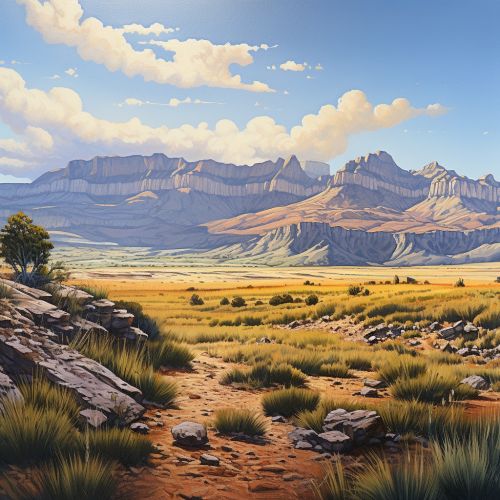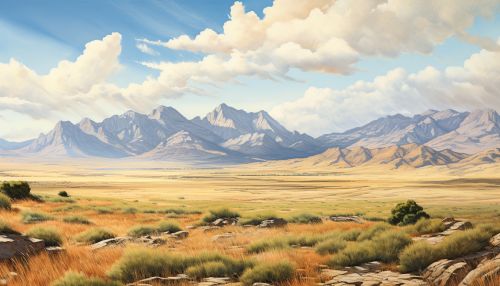Great Basin Desert
Introduction
The Great Basin Desert is a vast arid region in the western part of the United States. It is the largest desert in the United States, spanning across Nevada, much of Oregon and Utah, and portions of California, Idaho, and Wyoming. This desert is characterized by its unique basin and range topography, which includes numerous mountain ranges separated by flat valleys or basins.


Geography and Climate
The Great Basin Desert is part of the larger Great Basin, which covers an area of about 200,000 square miles. The desert's topography is largely shaped by tectonic activity, resulting in a series of north-south trending mountain ranges and valleys. The desert's climate is classified as cold desert due to its high elevation and northern latitude, which result in cold winters and hot, dry summers.
Flora and Fauna
The Great Basin Desert is home to a diverse range of plant and animal species. The dominant vegetation type is sagebrush steppe, with species such as sagebrush and juniper trees being common. The desert is also home to a variety of wildlife, including pronghorn antelope, mule deer, and a variety of bird species.
Human History
The Great Basin Desert has been inhabited by humans for thousands of years. The earliest inhabitants were the Paiute, Shoshone, and Ute tribes, who adapted to the harsh desert environment. In the 19th century, the desert was crossed by settlers during the westward expansion of the United States.
Conservation Efforts
There are several national parks and protected areas within the Great Basin Desert, including the Great Basin National Park and the Humboldt-Toiyabe National Forest. These areas are managed for conservation of the desert's unique ecosystem and for recreational use.
